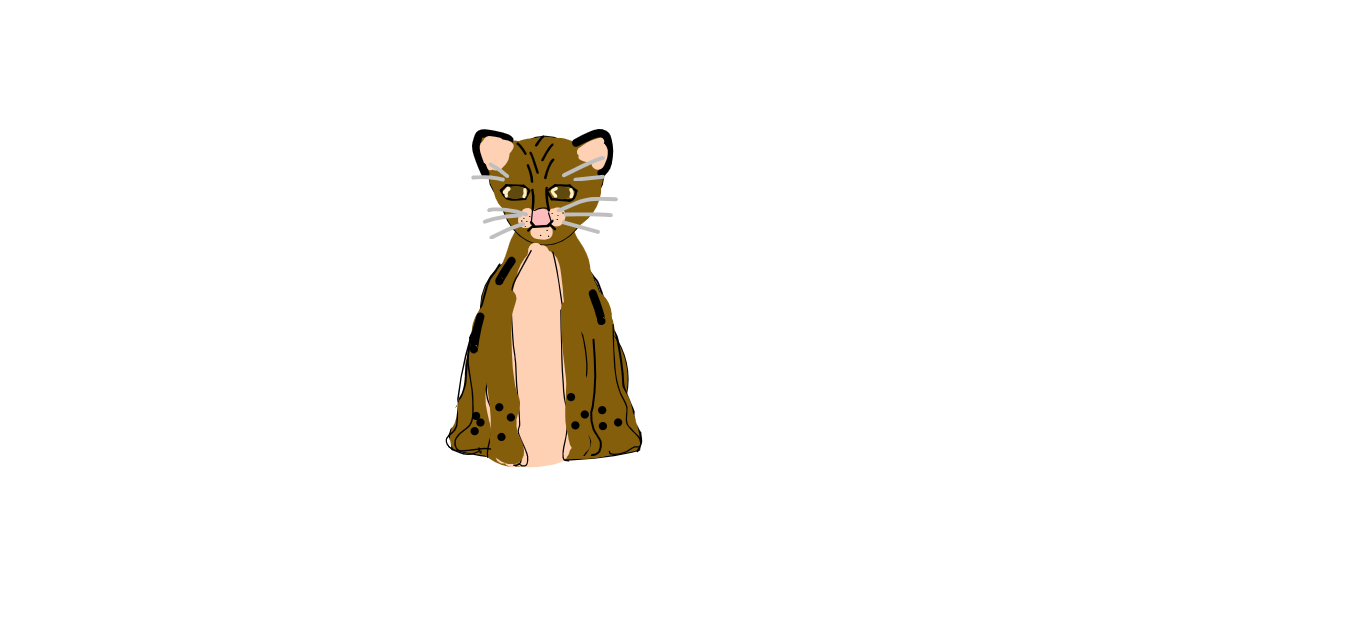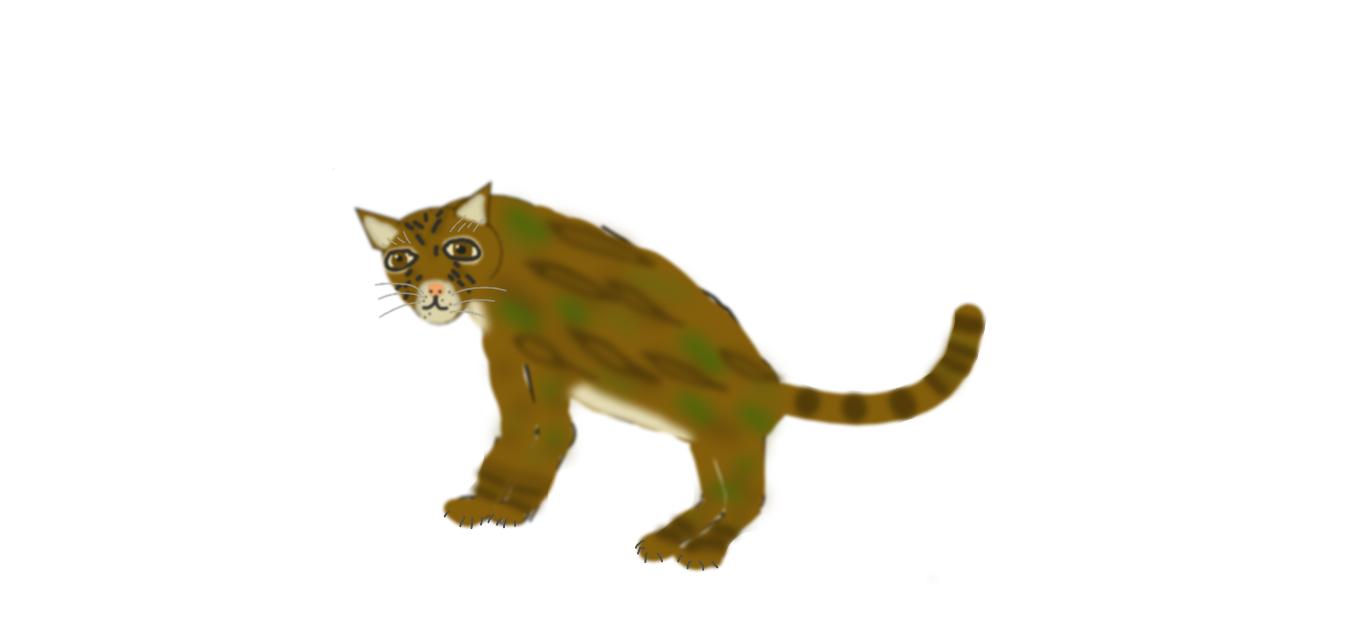In the marshy rainforest of South America the ocelot, 1,000 years from now, stalks its prey. Standing at 19 inches tall the future ocelot eats frogs, rodents, fish, and birds. Using its teeth, and claws lets it take out any, and all, of its prey. In this version of climate change, the rainforests get more precipitation, due to polar ice caps melting, making it a more marsh-like environment. This makes the ocelot become a more aquatic based species than previously. Its patterns have adapted to include green and a brownish-green color, to help camouflage. It has also gotten longer and has lost weight. These changes are to have better aquadynamic speed and shape. Another adaptation that has occurred, is that they have grown to have longer ears for superior hearing. Finally, the last adaptation that has occurred, is that they now have litters ranging from 3 - 5.
Contact us
Thank you for your interest in contacting Future Engineers. We look forward to connecting with you!
General Inquiries
support@futureengineers.orgSponsorship Inquiries
sponsor@futureengineers.org

